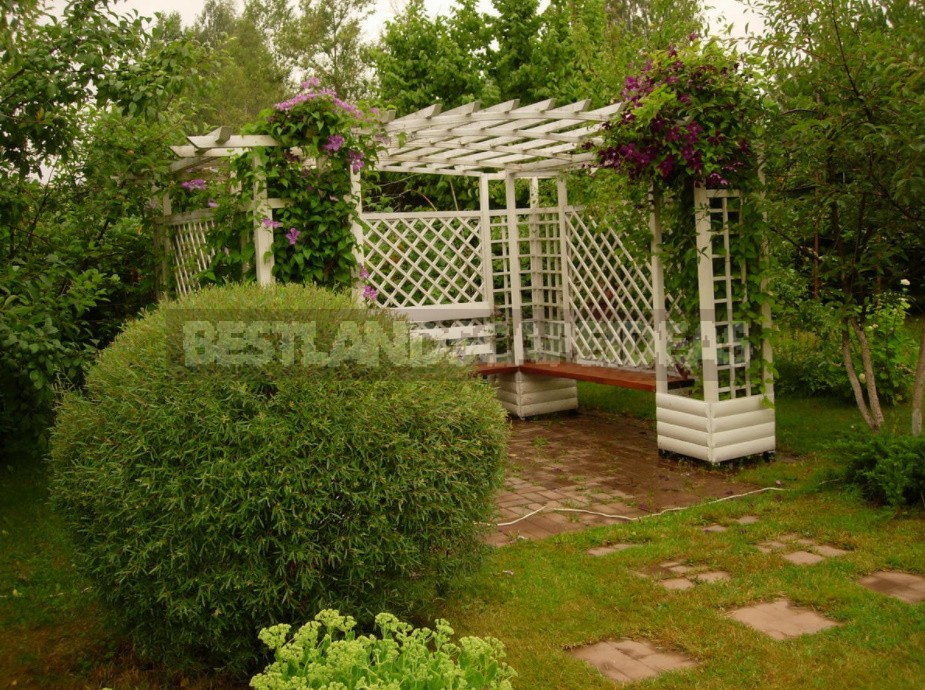You can see how you or your visitors experience different emotions from your garden, enthusiastically looking at the flowerbeds, compositions of colorful plants and trees. But the question is what exactly shapes our impression? Where do we start, determining whether it is good or bad? In this article, we have collected very rare and valuable information to help gardeners improve the quality of the elements inside the garden and you will also be able to understand how to avoid mistakes during the planning of the garden arrangement.
Subjective and Objective: how we evaluate beauty
As you know, each person likes certain things and thus pays more attention to one object than to another. And even if we don’t like, say, Christmas trees, we can appreciate that this arrangement with coniferous trees is definitely good.

This means that the criterion is chosen incorrectly because in addition to the subjective assessment, there are objective laws of beauty. Basically, these are the laws of color and composition that any work obeys. They are what we unconsciously analyze when we perceive the harmony of a particular picture. And even without knowing them, in our work we either follow them or violate them.
Of course, the laws of beauty are the same and there are many areas of creativity. How will they “work” in the landscape? Let’s try to translate these rules into our own landscape language, especially since many concepts are familiar to us for a long time. Because it is not enough to say “good” or “bad” – let’s analyze why this is so and not otherwise.

So, the composition is the relationship of the elements of any work, allowing to achieve its completeness and unity. In a landscape, this is the arrangement of elements in a certain sequence, that is building a space by using plants. It is based on several principles.
The Principle of Integrity
The principle of integrity speaks for itself and implies the creation of a garden as a complete work, in the relationship and mutual subordination of all its elements. It is a single artistic image that distinguishes a harmonious garden from a set of disparate elements and plants.

If the garden has an image, then it can be formulated — as a theme, an idea, a name, if you want. And even if there is a garden of many green rooms in front of us, it will be for example, “The Garden of Five Gardens” or “The Garden of Contrasts”. Because that was the concept, not because it happened. But let’s not get distracted.
The combination of the garden into something integral is facilitated by repetitions in the use of the same materials, plants, and color solutions. Repetition is the main cure for fragmentation.
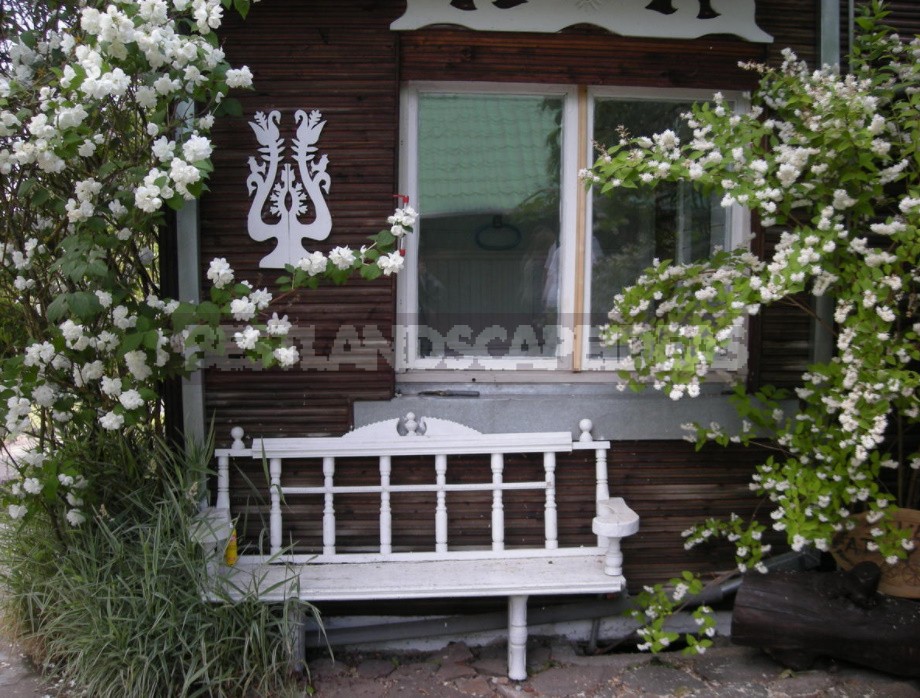
For example, the design of small forms in the garden dictates the house. That is, the specified color of the roof, facades and window openings, the material of the porch and basement decoration can be reused in the decoration of the gazebo and fence, the color of the garden and benches, paving elements and retaining walls. The color scheme of the garden can also be supported by a well-thought-out planting of plants.
Of course, the modern market of materials and accessories offers such a wide choice that it is difficult not to get lost in it. Professionals say that there can be no more than three modules — three colors, three shapes, three materials. And not just three, otherwise it will be an obvious overkill. The maximum permissible formula may sound like “three plus two”. For example, three different sizes, but no more than two shades, or three colors plus two materials.
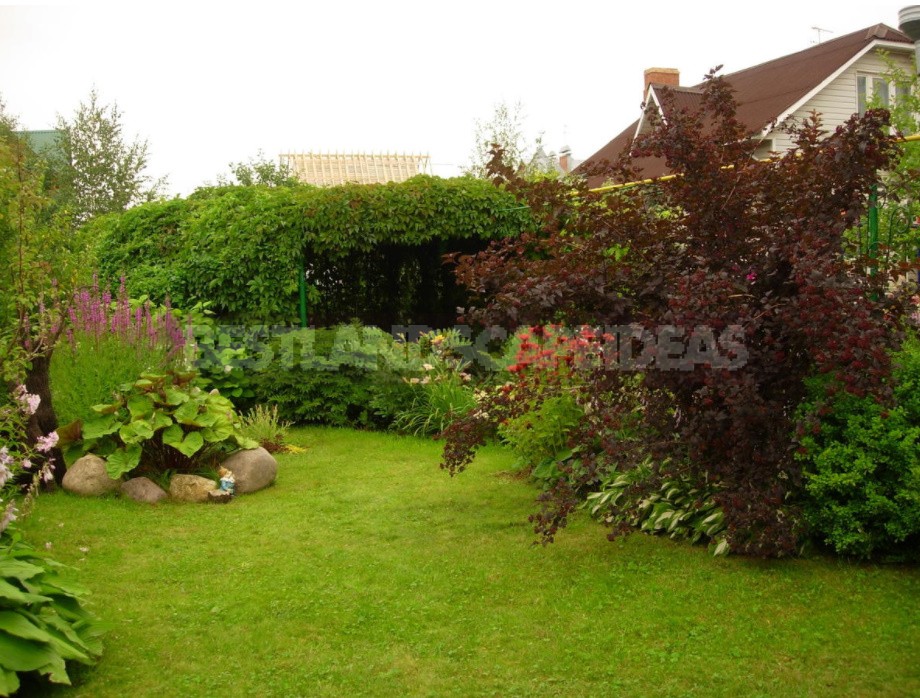
For a small garden, this formula is an immutable rule. Its violation threatens with variegation and congestion. I’ve seen for example, a blind area made up of several curly elements, two colors and a drawing on top. Why is this bad? Because the priorities are chosen incorrectly, such a “Persian carpet” is so decoratively self-sufficient that it is no longer necessary to plant a garden for such paving. Maybe just the lawn…

Replaying the plants in the garden will also be a unifying moment. An overly inflated assortment does not contribute to the integrity of the composition. The small garden should not be turned into a branch of the botanical garden. How can I not quote John Brooks, who advised “to review the list of plants, throw out half of the planned ones, and double what is left”.
Moreover, repetitions of color spots, textures, and simultaneous flowering in groups of plants that the eye picks out, repeatedly crossing the garden area, will not only unite it, but also visually expand it. There should be more species of the same genus and varieties of the same species, more of the same plants.

In short, the more uniform, overlapping, repetitive elements and materials there are in the garden, the more complete and consequently more harmonious and stylish picture we will get. After all, stylish is concise and expressive.
What Elements are the Features of the Garden?
The principle of a mandatory hierarchy of components also contributes to the integrity of the composition. In any composition, there is always something important, something secondary. One dominates, the other obeys. What is the most important thing – this is the main question that you need to ask yourself.
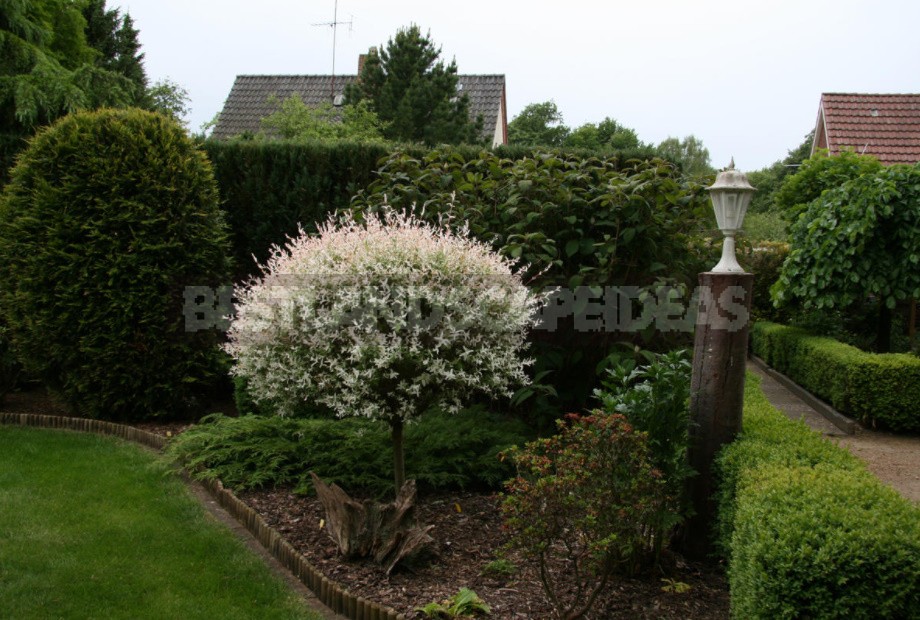
It should be borne in mind that the question will be very difficult in the case of a small garden area. For example, the simplicity of the layout lines allows you to fill the garden with a more decorative plant design. On the contrary, a complex layout with an abundance of beautiful lines will stand out against the background of more concise vegetation. You will have to choose: either a playground with mosaics on the paving, or a bright flower garden around. Note that the complex decorative English mixborders and the famous natural flower beds are simple in form.
All compositions in the garden relate to each other as dominant and subordinate. If, upon entering your garden, the guest does not know where to turn his head in the first place, then you made a mistake with the placement of accents, could not highlight the main thing.
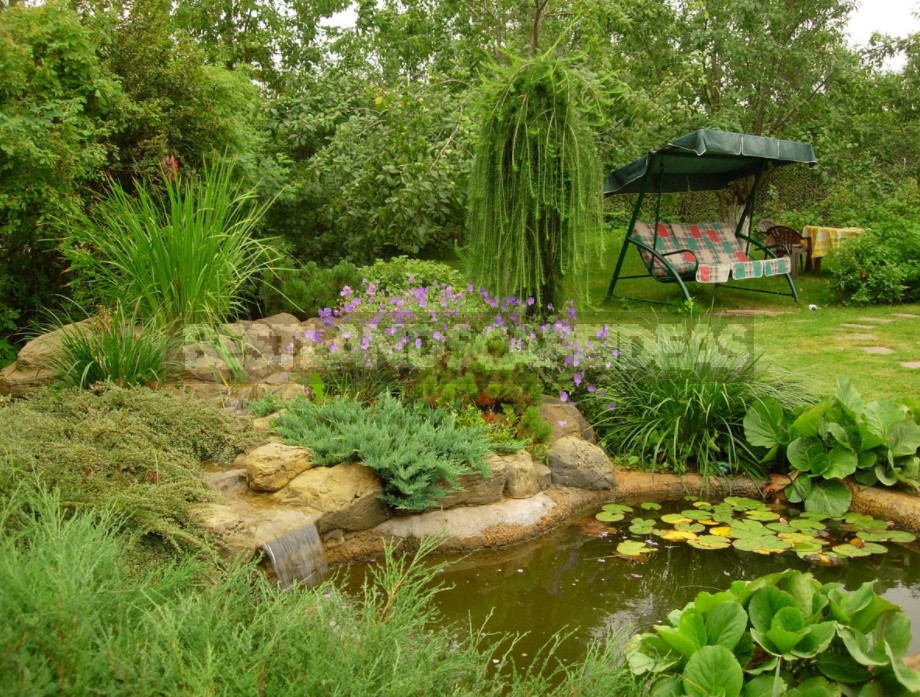
A bright spot and a spectacular flower garden can not be used in the same view “frame”. Around a bend, behind a hedge, something new may appear, but not to the left, to the right, and straight at the same time. There is a rule that for one or two dominant groups in the garden there are three to five additional ones.
Remove Accents in the Garden
The accent is the most eye-catching element of the composition, which can stand out in size, shape, decorative saturation, brightness of the color spot. If we talk about plant compositions, then plants with an unusual appearance for the natural environment will look accentuated — for example, with a vertical crown or white-bordered foliage.
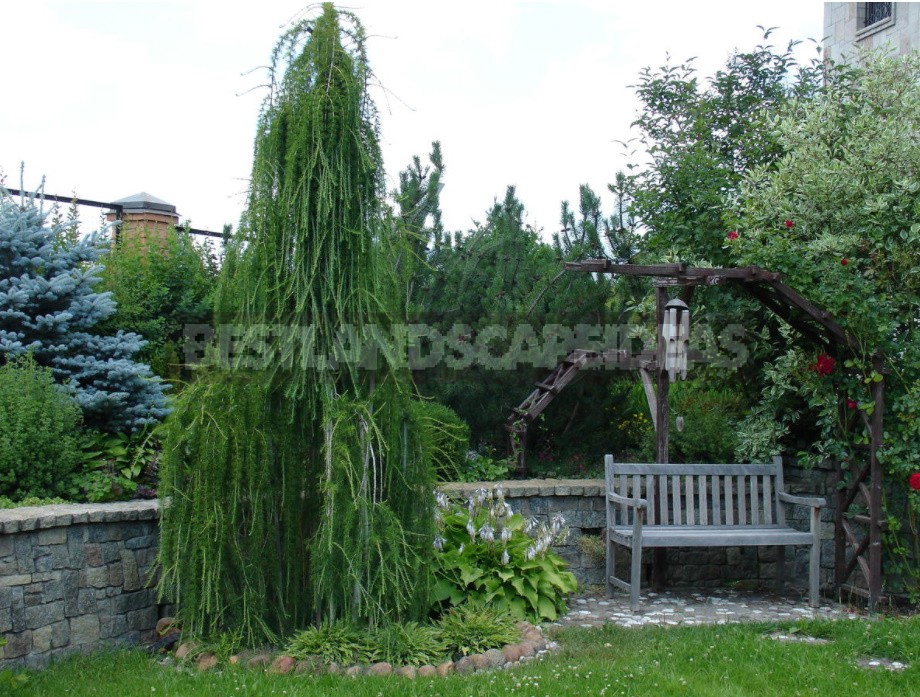
The color of the foliage may depend on the time of year – the accent in this case will be moving (temporary or seasonal).
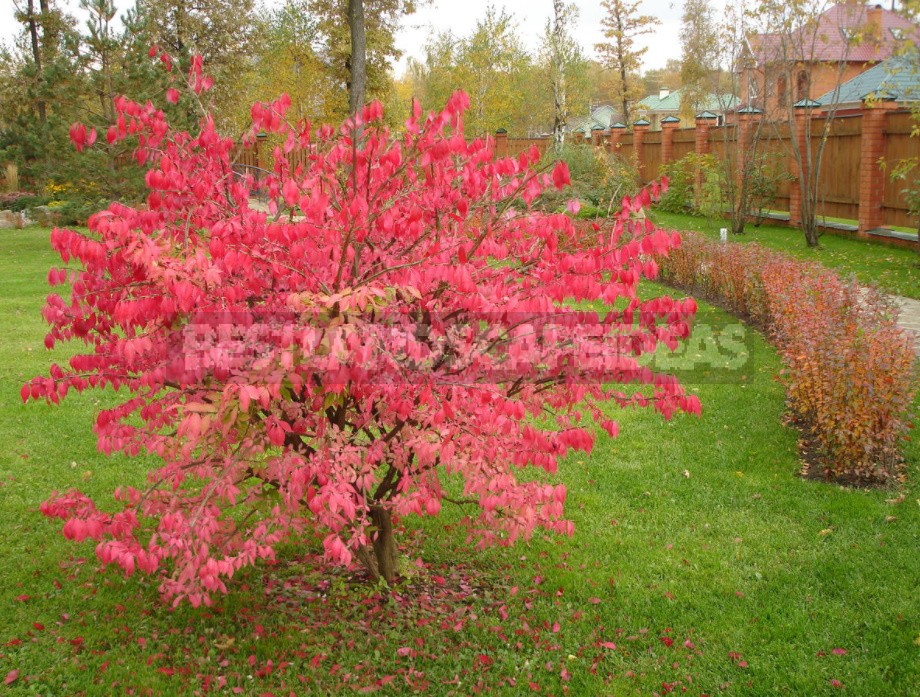
To correctly place accents in the garden, it is important to remember a few rules.
Most often, we are not dealing with the absence, but rather with the abundance of accent plants, bright spots. Let’s remember a familiar situation: we bought all the most beautiful plants and planted them, but for some reason it didn’t work out beautifully. Why? First of all, because they are all beautiful, that is, accent, and for any accent, first of all, you need a background.
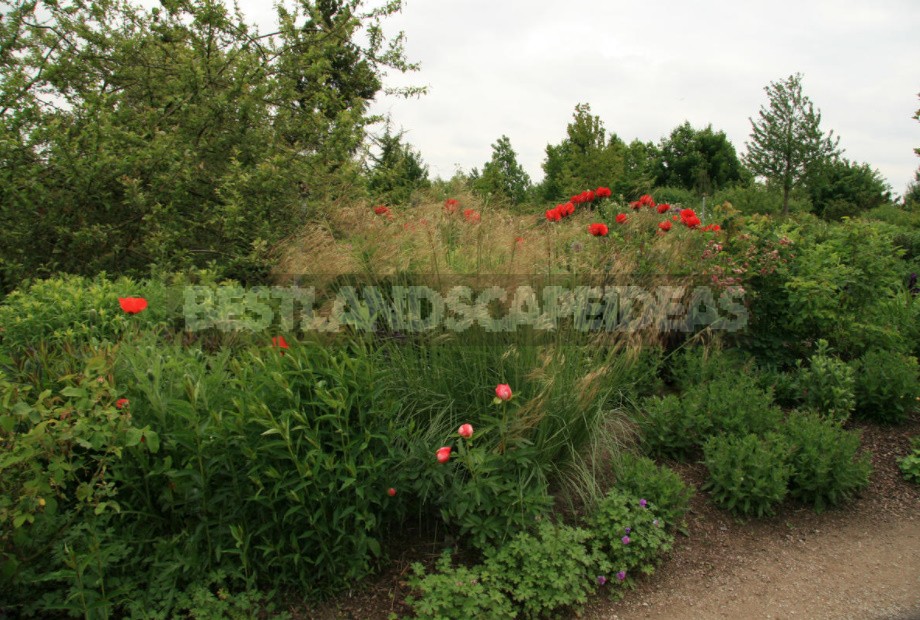
It is the background plants, that is, the modest cinderellas of the second plan, that will become an indispensable frame for a well-presented diamond. Secondly, the accent is always something less. There simply can’t be many of them, so the same decorative foliage or weeping crown is an absolute accent both in the group and in nature.
Today we have named three main principles on the basis of which the composition is created. But this does not mean that we have exhausted the topic. When creating a garden, you should also know what proportionality and balance are, as they help (or hinder!) perception of contrast and nuance. But we’ll talk about it next time.
